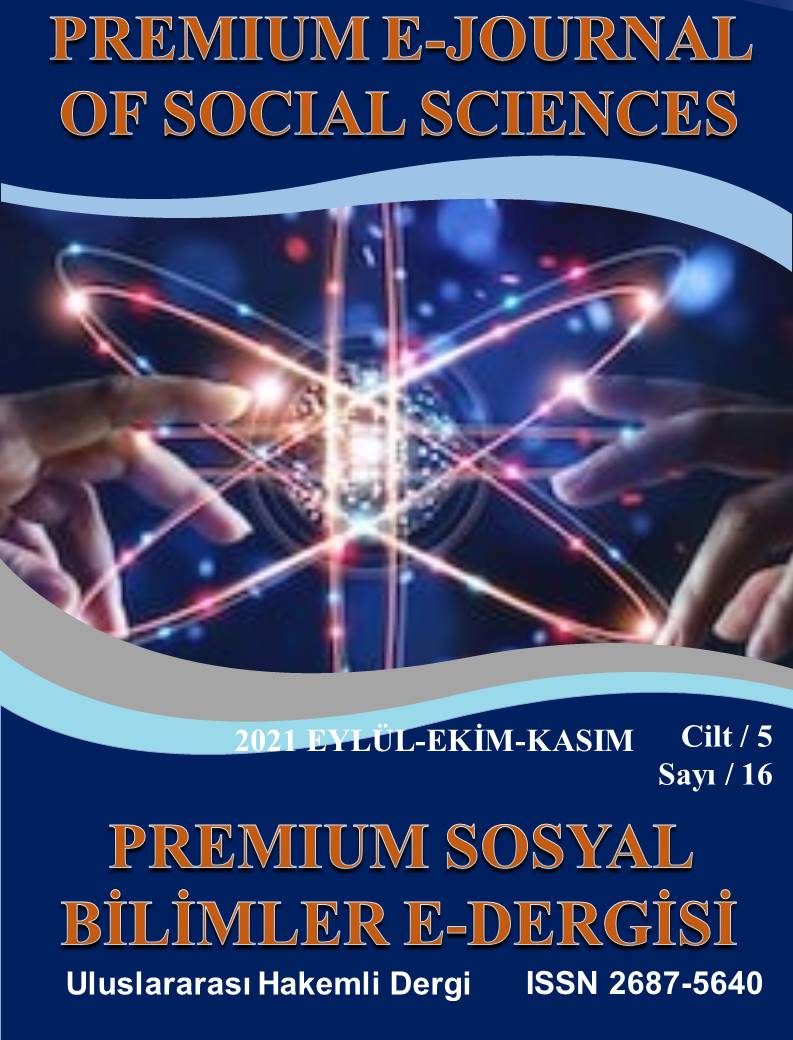INVESTIGATION OF SECONDARY SCHOOL INFORMATION TECHNOLOGIES COURSE IN TERMS OF STUDENTS’ VIEWS AND CLASSROOM ACTIVITIES
DOI:
https://doi.org/10.37242/pejoss.2168Keywords:
Secondary School Students, Information Technologies Course, The Teachers of Information Technologies Course, Observation, InterviewAbstract
The aim of this study is to investigate the secondary school information technologies course in terms of students’ views and classroom activities. Observation and interview methods were used in the research. The sample of the study consists of total of 30 students and 10 teachers attending to nine secondary schools in Kırıkhan District Hatay City. In the research “Interview Form” including 15 open-ended questions and “Observation Form” with five items were used as data collection tools. The research is based on the phenomenological design. Content analysis was used to analyze data. Some of the results obtained in the research are as follows: Students mostly expect from the information technologies course to be successful in the use of the internet and computers. Students declare that the information technologies course is important because they use technology in daily life and think that technology will be effective in their future. According to students the weekly hours of information technologies course are insufficient. Students emphasize that the most effective methods used by the teachers are watching video and slides. Students think that they use the knowledge which they learn in information technologies course in other courses. Observations show that the information technologies course book is not available at any of the schools. During the courses, teachers work with their own possibilities.
Downloads
Downloads
Published
How to Cite
Issue
Section
License
Copyright (c) 2021 Premium e-Journal of Social Science (PEJOSS)

This work is licensed under a Creative Commons Attribution 4.0 International License.


